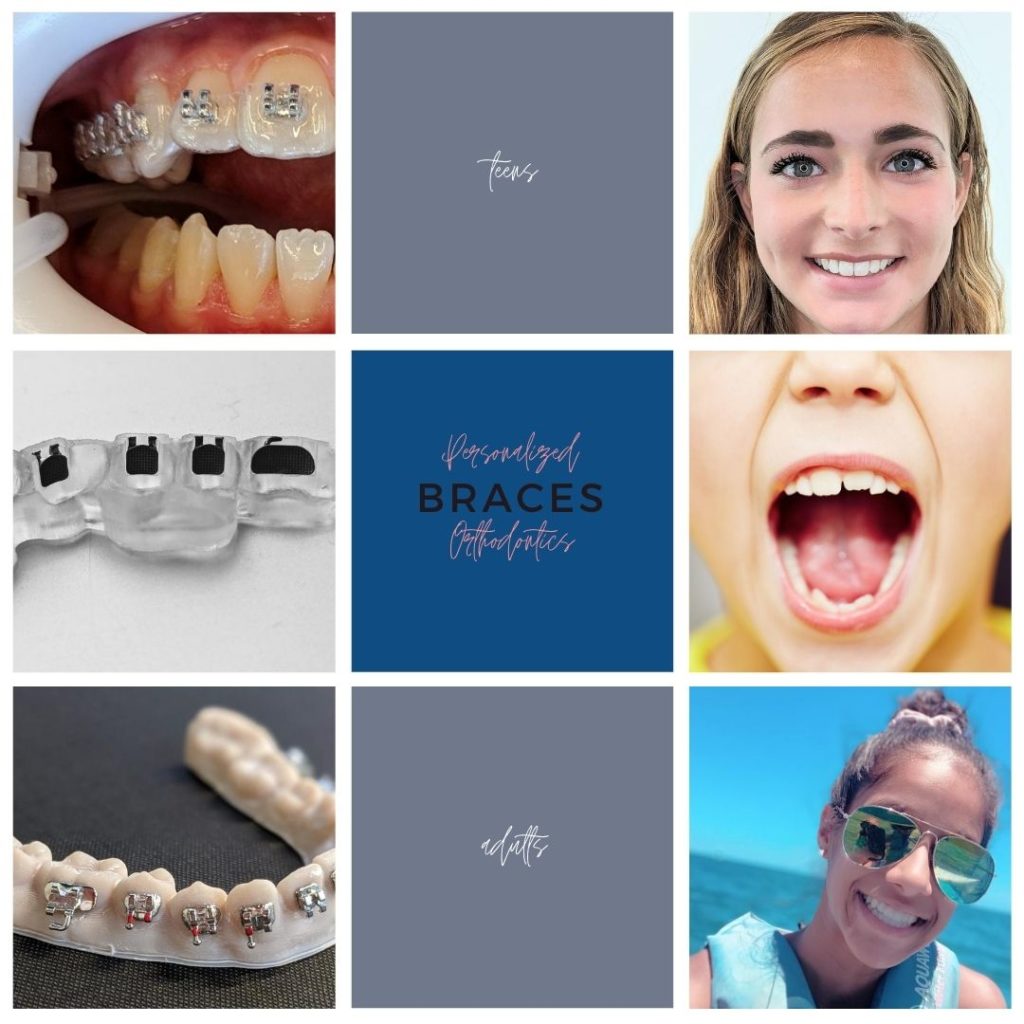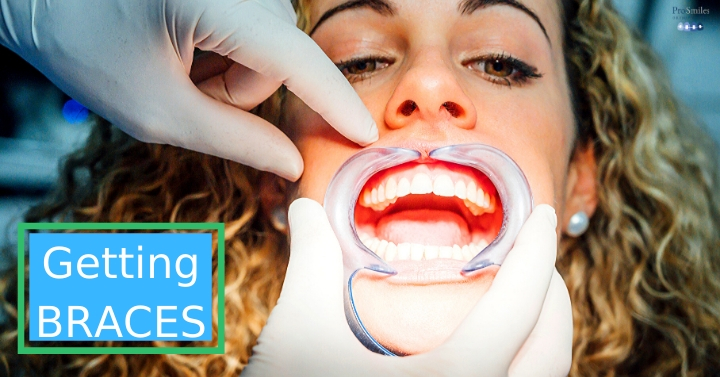Top Guidelines Of Legacy Orthodontics
Top Guidelines Of Legacy Orthodontics
Blog Article
About Legacy Orthodontics
Table of ContentsThe Greatest Guide To Legacy OrthodonticsNot known Details About Legacy Orthodontics The Buzz on Legacy OrthodonticsNot known Facts About Legacy OrthodonticsLegacy Orthodontics Fundamentals Explained
In enhancement, we provide adjustable therapy schedules, adaptable repayment options and an enjoyable, satisfying experience.An orthodontist is a dentist educated to diagnose, avoid, and treat teeth and jaw abnormalities. They deal with existing conditions and are trained to identify issues that may create in the future. Orthodontists work with people of every ages, from kids to adults. Individuals commonly connect a perfect smile with healthiness.
Malocclusion, or misaligned teeth, can result in oral concerns, including dental caries, gum tissue disease, and hard or unpleasant eating. Yet not everyone is born with straight teeth. If you have a negative bite or big spaces between your teeth, you might wish to consult a dental practitioner concentrating on orthodontic care.
Not known Factual Statements About Legacy Orthodontics
( Image Credit History: DigitalVision/Getty Images) Orthodontists use repaired and detachable dental devices, like braces, retainers, and bands, to change the position of teeth in your mouth. Orthodontic treatment is for oral problems, consisting of: Misaligned teethBite problems, like an overbite or an underbiteCrowded teeth or teeth that are too far apartJaw misalignmentThe objective of orthodontic therapy is to boost your bite.
A healthy and balanced bite guarantees you can consume, eat, and talk correctly. While you might consider orthodontists as generally for kids or teens that require dental braces, they can correct dental issues at any age. Orthodontists participate in university, dental school, and orthodontic school. After graduation, they spend 2 or 3 years in an orthodontic residency program.
, but not all dentists are orthodontists. They concentrate on 2 areas: How to properly and safely relocate teeth Just how to effectively assist growth in the teeth, jaw, and faceOnce an orthodontist has completed training, they have the alternative to end up being board licensed.
Some Of Legacy Orthodontics
Malocclusion leads to tooth overcrowding, a misshapen jaw, or irregular bite patterns. Malocclusion is generally treated with: Your orthodontist connects steel, ceramic, or plastic square bonds to your teeth.
If you have only minor malocclusion, you may be able to utilize clear braces, called aligners, rather of typical braces (https://www.behance.net/brianmccune). Some people require a headgear to assist relocate teeth into line with stress from outside the mouth. After dental braces or aligners, you'll require to use a retainer. A retainer is a customized tool that keeps your teeth in position.
They're usually used on children. They can produce added area in the mouth without needing to draw teeth. If you have a major underbite or overbite, you might require orthognathic surgical procedure (likewise called orthodontic surgery) to lengthen or reduce your jaw. Orthodontists utilize cables, surgical screws, or plates to support your jaw bone.
You might need to see an orthodontist if you have: Crowding or otherwise enough room for all of your teethOverbite, when your top teeth come your base teethUnderbite, when your base teeth are too far forwardSpacing or concerns with gapsCrossbite, which is when your upper teeth fit behind your base teeth when your mouth is closedOpen bite or an upright gap in between your front bottom and upper teethMisplaced midline, when the center of your bottom and upper teeth do not align Correcting an oral malocclusion can: Make attacking, eating, and speaking easierImprove the symmetry of our face and your total appearanceEase pain from temporomandibular joint conditionsSeparate your teeth and make them much easier to cleanse, helping protect against dental cavity or tooth cavities It's commonly a dental expert who first notices misaligned teeth throughout a regular examination.
The smart Trick of Legacy Orthodontics That Nobody is Talking About

During your first orthodontic consultation, you'll likely have: A dental examPhotos taken of your face and smileDental X-raysPanoramic (360 degree) X-rays of your face and headImpressions to produce molds of your teethThese examinations will aid your orthodontist understand how to wage your treatment. leesburg clear braces. An orthodontist is a dental professional who's had training to treat your teeth and jaw
An orthodontist is focused on your bite, so something like a broken tooth would certainly be managed by a dental professional. Orthodontists are focused on your bite, or the way your teeth fit with each other, and the straightness of your teeth.
Ever questioned just how celebrities constantly appear to have perfectly aligned teeth? The response frequently depends on the experienced hands of an orthodontist. What precisely does an orthodontist do? Orthodontists are dental professionals that concentrate on remedying abnormalities in the teeth and jaws. Their experience goes beyond just creating a gorgeous smile; it expands to boosting your general oral health and function.
Some Of Legacy Orthodontics

, orthodontists have a varied toolkit at their disposal. These tried-and-true dental braces make use of a system of braces bonded anchor to the teeth and attached by wires.
Clear aligners, like Invisalign, are a prominent alternative for clients seeking an extra very discreet therapy choice. These removable trays are customized to gradually change the teeth's setting. Headgear may be used along with braces or aligners to apply additional targeted pressures, especially for dealing with jaw inconsistencies. In instances of narrow jaws, palatal expanders can be used to develop area for proper tooth alignment.
Report this page